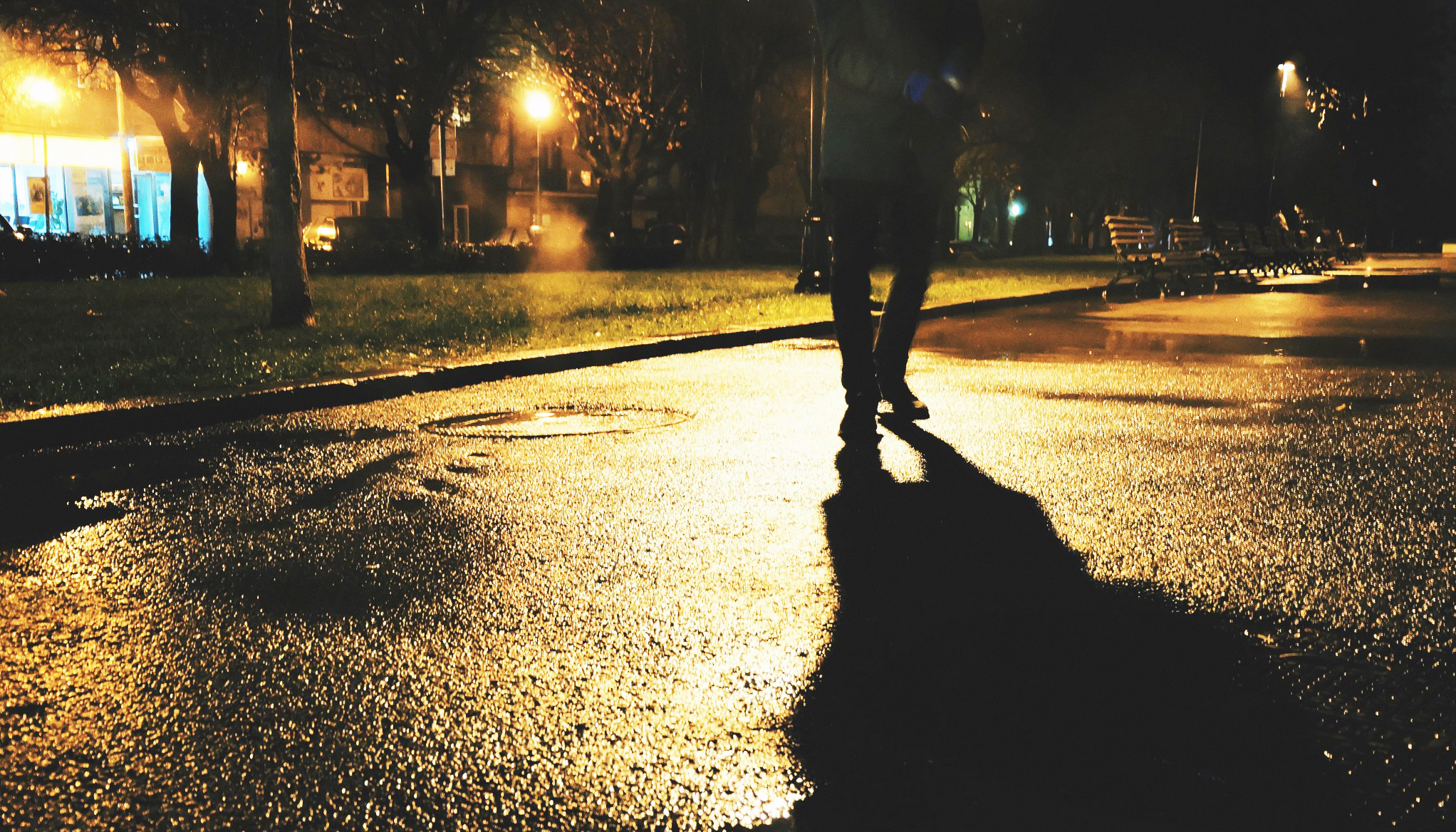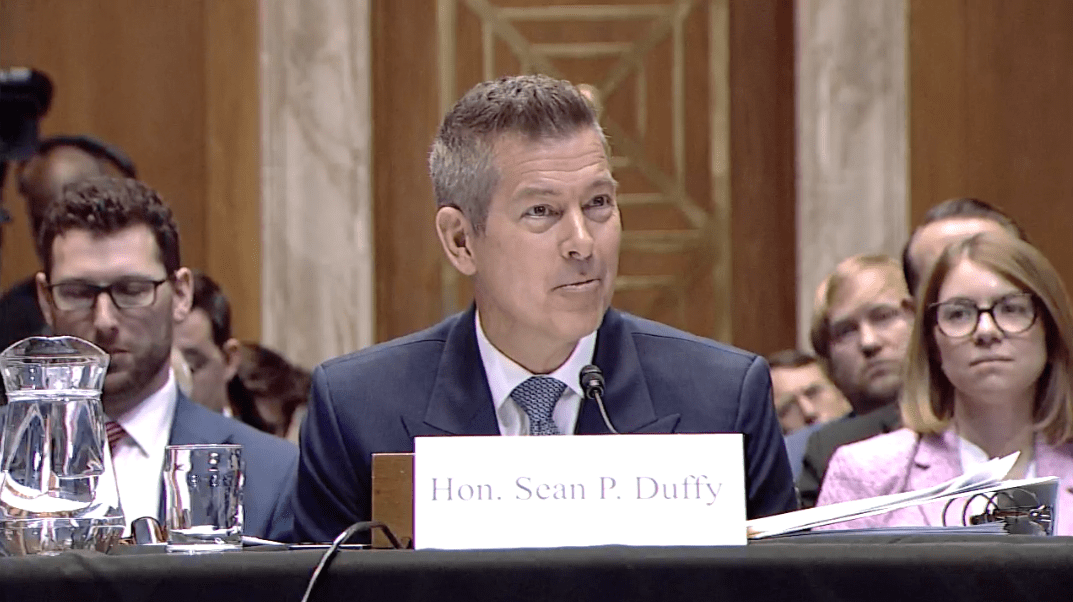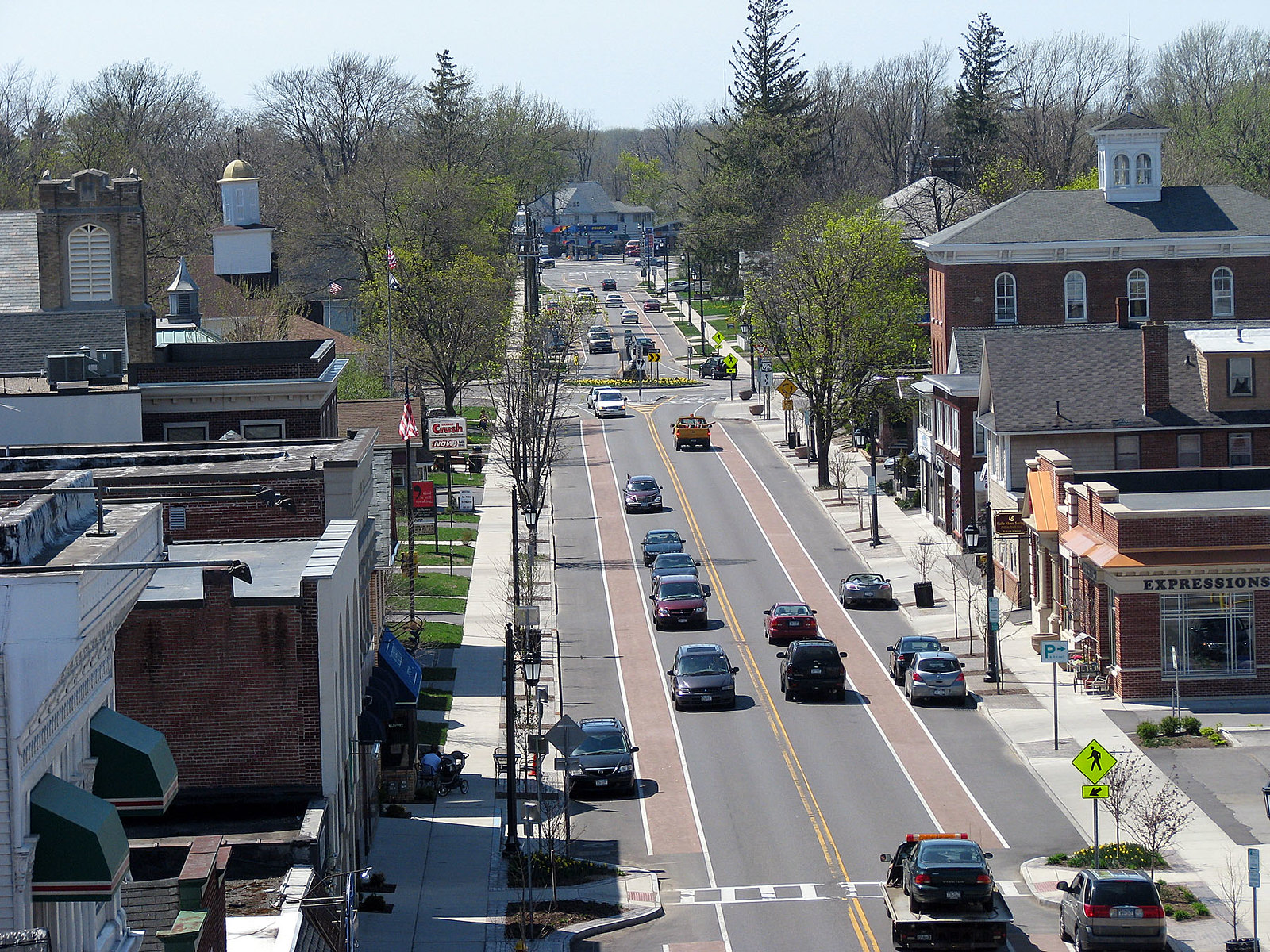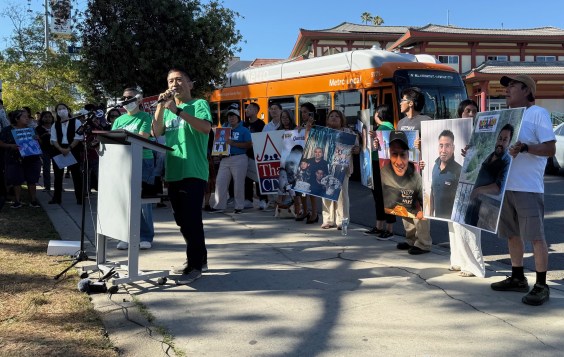In the wake of the shocking and tragic massacre in an Aurora, Colorado movie theater, many people are now, understandably, skittish about going to the movies. But the most dangerous part of going to the movies is driving there.
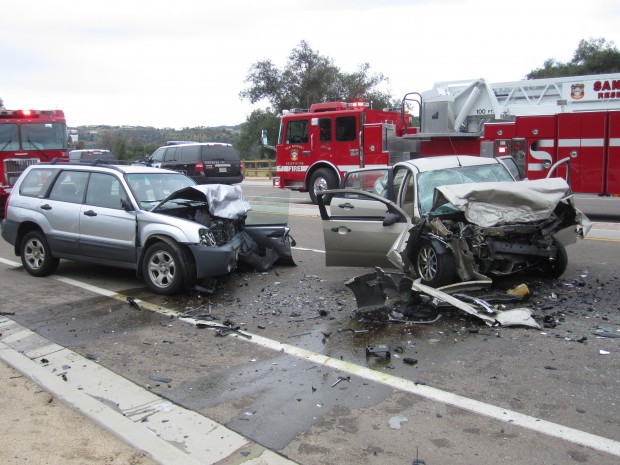
In the first three months of this year, the National Highway Traffic Safety Administration estimates that 7,630 people died in traffic crashes on American streets. That's 910 more than the first quarter of last year -- a sobering 13.5 percent increase.
"If these projections for the first quarter of 2012 are realized, it will represent the second largest year-to-year quarterly increase in fatalities since NHTSA began recording traffic fatalities (1975)," the agency said in its report [PDF]. "The largest recorded year-to-year quarterly increase by NHTSA was a 15.3-percent increase in fatalities during the first quarter of 1979."
This is only the third quarter since 2006 to see an increase in fatalities.
An increase in distracted driving, which kills about 3,000 people a year, could be part of the reason. The National Safety Council estimates that about a quarter of all crashes involve cell phones [PDF]. While more and more states have banned cell phone while driving, the effectiveness of those bans is questionable.
The rise in fatalities this year could also have something to do with the mild winter. NHTSA says severe weather keeps people off the roads -- though one might theorize that it also causes more crashes. In any event, the growth in fatalities far outpaced the growth in driving during this period. Vehicle miles traveled rose just 1.4 percent over the same time last year.
If the spike in traffic deaths continues, it might also indicate that the last three years of relatively low fatality rates were an aberration. The congratulatory rhetoric that greeted the 2010 death toll of 32,885 -- down from 37,423 in 2008 and 43,510 in 2005 -- might have been premature. The first three months of the year have America on pace for 36,672 traffic deaths in 2012 -- close to 2008 levels.
In subsequent reports, the NHTSA will release a breakdown of the fatalities, including pedestrians and cyclists. In December, we reported that amid much celebration of lower crash fatalities, pedestrian deaths have been on the rise, increasing 4.2 percent while other kinds of traffic fatalities decreased.


